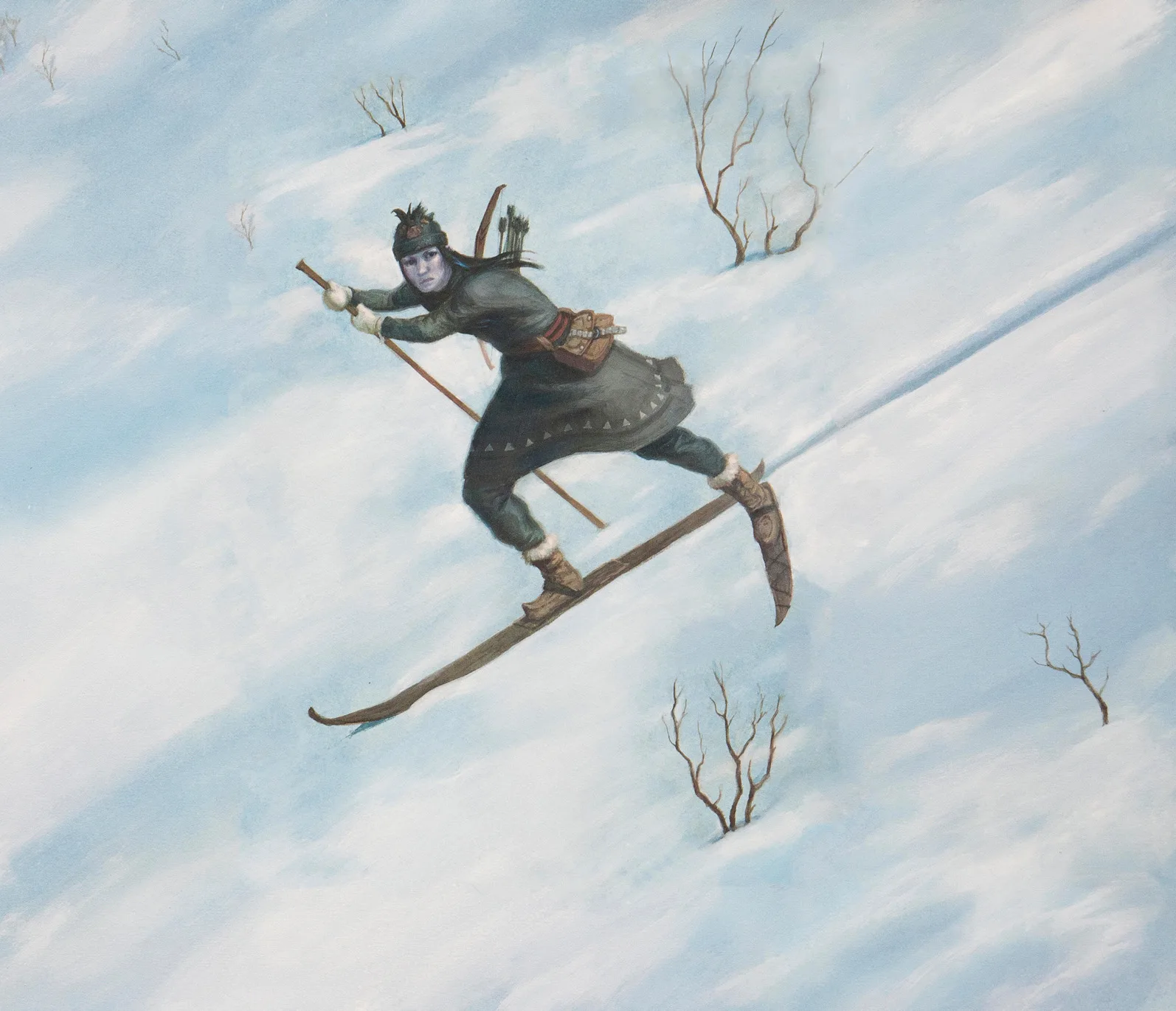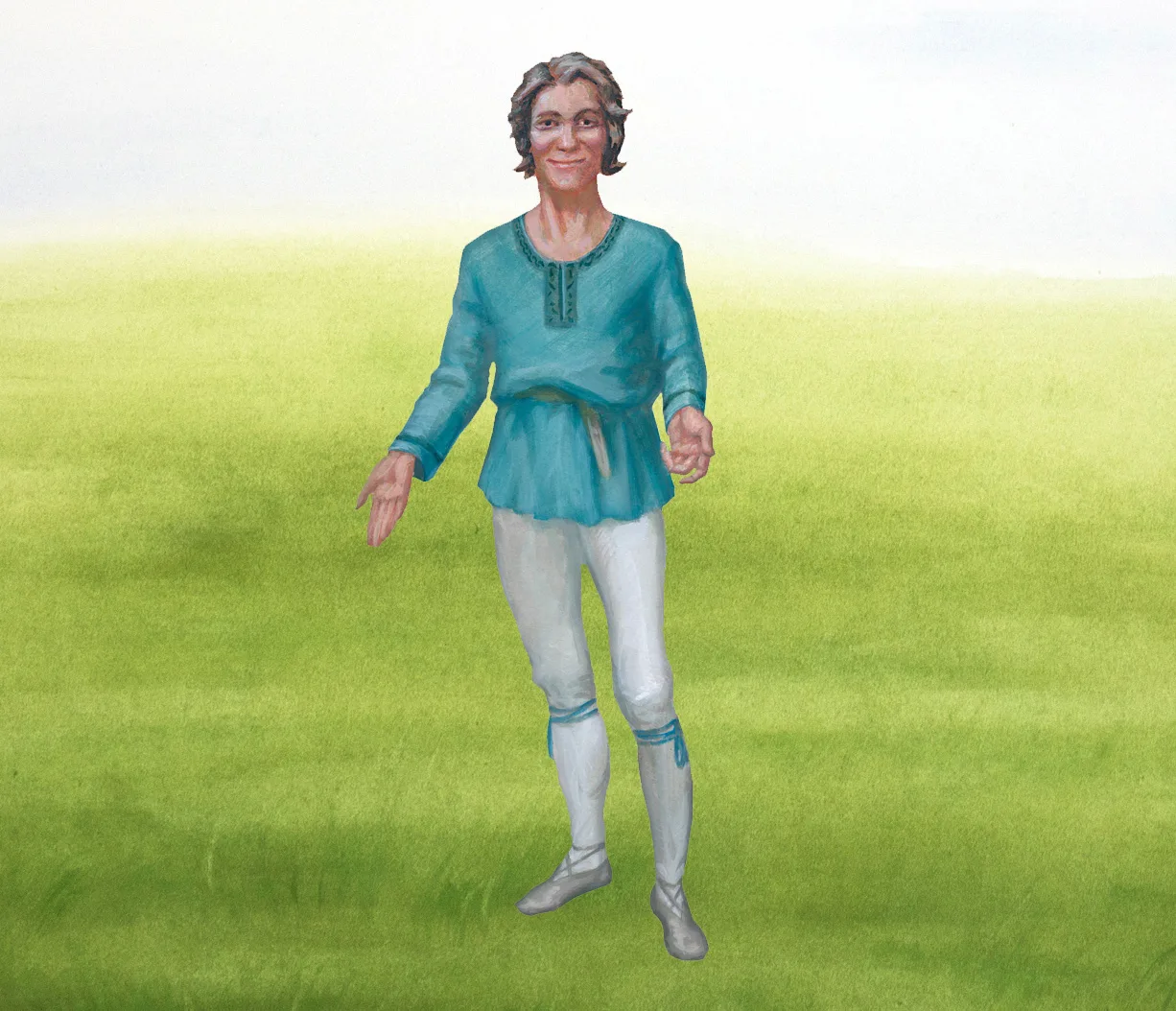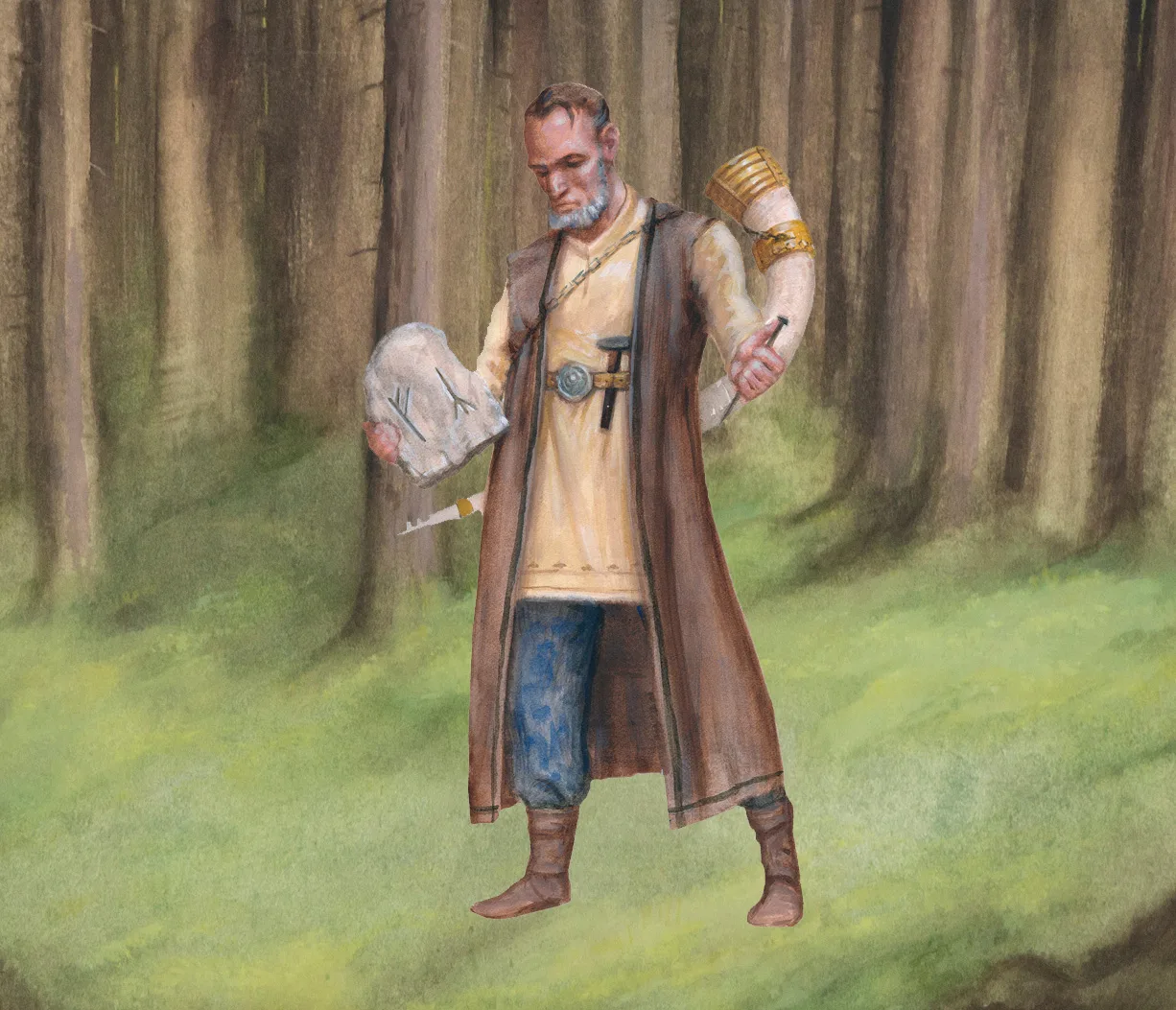The mythological world of the Vikings
Iron Age
500 BC – AD 1100
Viking Age
AD 800 – AD 1100
Middle Ages
AD 1050 – AD 1520
In Norse mythology, there are two types of gods: the Aesir and the Vanir. The Aesir live in Asgard, led by Odin. He is very wise and sacrificed one of his eyes to gain more knowledge. The Vanir are another group of gods associated with nature, vegetation, and fertility. Some well-known Vanir gods are Freyja, representing love and life, and Njord, the god of the sea and winds.

Yggdrasil – nine worlds in one tree
According to mythology, there are nine worlds, all connected by the mighty tree Yggdrasil:
- Asgard – Home of the gods
- Vanaheim – Home of the Vanir
- Midgard – World of humans
- Jotunheim (Utgard) – Land of the giants
- Alfheim – Realm of the light elves
- Svartalfheim (Nidavellir) – Realm of the dark elves and dwarves
- Muspelheim – World of fire and flames
- Nifelheim (Nifelhel) – World of ice and mist
- Helheim – Realm of the dead
Yggdrasil stretches from the underworld, through the world of the living, and up to the heavens. It is sometimes described as a large ash tree, other times as an evergreen. Its branches extend across the world, while its roots reach various realms – one to Midgard, where humans live, one to Utgard, home of the giants, and a third to Nifelhel, where Hel, the ruler of the dead, resides.
Urd’s well and the norns
At the base of Yggdrasil lies Urd’s well, where the three norns – Urd, Verdandi, and Skuld – watch over human destinies. They represent the past, present, and future and live beneath the roots, spinning the threads of life.
Animals of Yggdrasil
Several animals inhabit Yggdrasil. At one root lies the serpent or dragon Nidhogg, gnawing at the tree. The squirrel Ratatosk runs along the trunk, and at the top sits the eagle Hraesvelg. A goat named Heidrun eats its leaves, while four stags nibble at the tree’s buds.
Asgard – home of the gods
In Asgard, high in Yggdrasil’s crown, the gods reside on their various estates. Estate names often reflect the deity living there: Njord at Noatun, Freyja at Folkvang, Thor at Trudvang, Heimdall at Himmelsberg, and Frigg at Fensalar. Gods travel to Midgard via the rainbow bridge Bifrost. They gather for assemblies at Urd’s Well to make decisions.
Within Asgard’s walls lies a large plain, Idavallen, where gods deliberate human fates, craft, forge, and build. To protect against potential attacks from giants, the gods constructed a massive wall around Asgard.
Midgard – the world of humans
Around Yggdrasil lies Midgard, “the middle enclosure,” the world of humans. Humans could be free or enslaved (thralls). In Midgard, they build homes and structures reflecting the gods’ world, such as a tree, temple, or spring.
The world and sky were once created from the giant Ymir. Odin and his brothers used his body to construct the world. Forests, mountains, lakes, and stars all originate from Ymir: his skull is the sky, bones are mountains, flesh is earth, hair is trees and grass, blood is water, and clouds are his brain.
Midgard – Serpent
Around the world lies a great ocean containing a giant serpent, Jörmungandr (“the enormous staff”), which bites its own tail and rarely appears. Once, Thor tried to fish it up. When small, Odin cast it into the sea, where it grew so large that any significant movement causes earthquakes.
Utgard – land of the giants
Beyond Midgard and the sea, at the world’s edge, lies Utgard, home of the giants. Humans venturing too far into the sea, mountains, or wilderness risk reaching Utgard.
Giants and gods
Giants are the gods’ greatest opponents, though relationships occur, such as Freyr falling for the giantess Gerd or the giant Thrym desiring to marry Freyja. Sometimes marriages unite gods and giants, like Njord and the giantess Skadi.
Thor often travels east to fight giants with his hammer, and other gods occasionally visit Utgard. Sometimes, however, gods and giants celebrate together.
Mimir’s well and Naglfar
Among the giants is Mimir’s Well, where Odin sacrificed an eye. Giants also possess the ship Naglfar, helmed by Rym, made from the nails of the dead and considered the largest ship in the world.
Nifelhel – the realm of the dead
The ruler of the dead is Hel, daughter of Loki and the giantess Angrboda. She was cast into the underworld and established her own realm. Her siblings are Fenrir and Jörmungandr.
Nastrand – the shore of the dead
At the far north lies Nastrand, the Corpse Shore, with a terrifying hall made of serpents spewing venom. Evil beings, called murder wolves, wade in its poison.
Path to the dead
To reach Nifelhel, one must cross dark valleys, the river Gjöll, and the bridge Gjallarbrú. The realm is surrounded by a wall, and the gate Helgrind is guarded by a fearsome dog. Hel’s domain also includes a rooster that crows for the dead – black and red, it watches over the realm.
Ragnarök – the end and renewal of the world
One day, Ragnarök will occur, the world’s end. A great war will break out between gods and their enemies. Many will die, including Odin, Thor, Heimdall, and Loki.
The sun and moon disappear, and the earth sinks into the sea. Afterwards, a new peaceful world emerges, where new gods and humans continue to live.
Common beings in Norse mythology
- Gods (Aesir and Vanir) – Such as Odin, Thor, Freyja, and Njord.
- Giants – Strong and often threatening creatures.
- Elves – Light elves are good and bright, dark elves are secretive and shadowy.
- Dwarves – Small, wise beings living underground, crafting magical items like Thor’s hammer.
- Valkyries – Warrior women who carry fallen warriors’ souls to Valhalla.
- Wolves and Serpents – Such as Fenrir and Jörmungandr, massive monsters central to Ragnarök.
- Norns – Fate goddesses who spin the threads of life and determine destinies of humans and gods.
Meet all the Norse gods
Find the right exhibition
Which time period do you want to explore at the Swedish History Museum?










